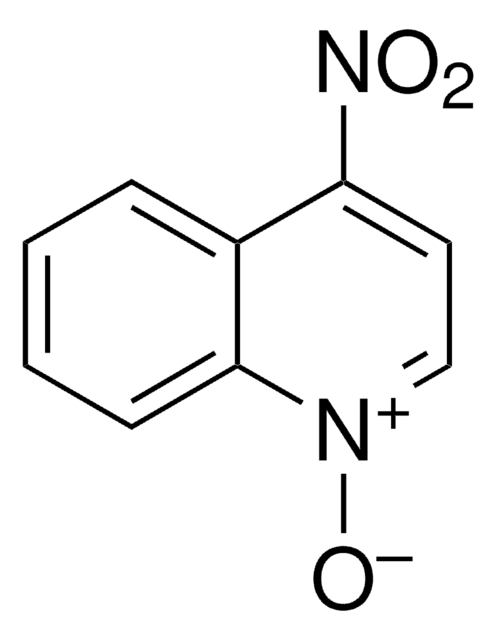M1390
3,3′-Methylene-bis(4-hydroxycoumarin)
Synonym(s):
Bishydroxycoumarin, Dicoumarol, Dicumarol
About This Item
Recommended Products
biological source
synthetic (organic)
Assay
≥98% (TLC)
form
powder
mp
290-292 °C (lit.)
solubility
pyridine: 50 mg/mL, clear, faintly yellow to brownish-yellow
SMILES string
OC1=C(CC2=C(O)c3ccccc3OC2=O)C(=O)Oc4ccccc14
InChI
1S/C19H12O6/c20-16-10-5-1-3-7-14(10)24-18(22)12(16)9-13-17(21)11-6-2-4-8-15(11)25-19(13)23/h1-8,20-21H,9H2
InChI key
DOBMPNYZJYQDGZ-UHFFFAOYSA-N
Gene Information
human ... CYP2C9(1559) , VKORC1(79001)
Looking for similar products? Visit Product Comparison Guide
Biochem/physiol Actions
Signal Word
Danger
Hazard Statements
Precautionary Statements
Hazard Classifications
Acute Tox. 3 Oral - Aquatic Chronic 2 - STOT RE 1 Oral
Storage Class Code
6.1C - Combustible acute toxic Cat.3 / toxic compounds or compounds which causing chronic effects
WGK
WGK 3
Flash Point(F)
Not applicable
Flash Point(C)
Not applicable
Personal Protective Equipment
Certificates of Analysis (COA)
Search for Certificates of Analysis (COA) by entering the products Lot/Batch Number. Lot and Batch Numbers can be found on a product’s label following the words ‘Lot’ or ‘Batch’.
Already Own This Product?
Find documentation for the products that you have recently purchased in the Document Library.
Customers Also Viewed
Our team of scientists has experience in all areas of research including Life Science, Material Science, Chemical Synthesis, Chromatography, Analytical and many others.
Contact Technical Service













